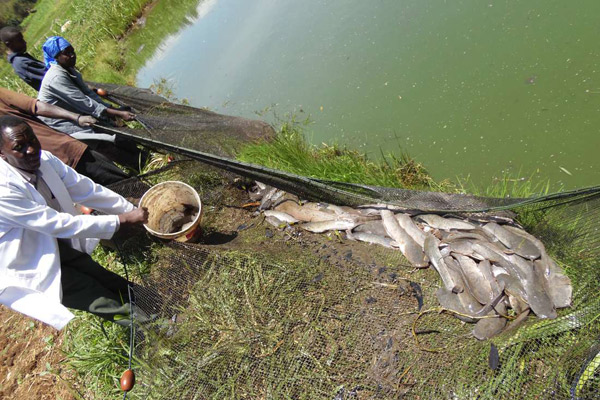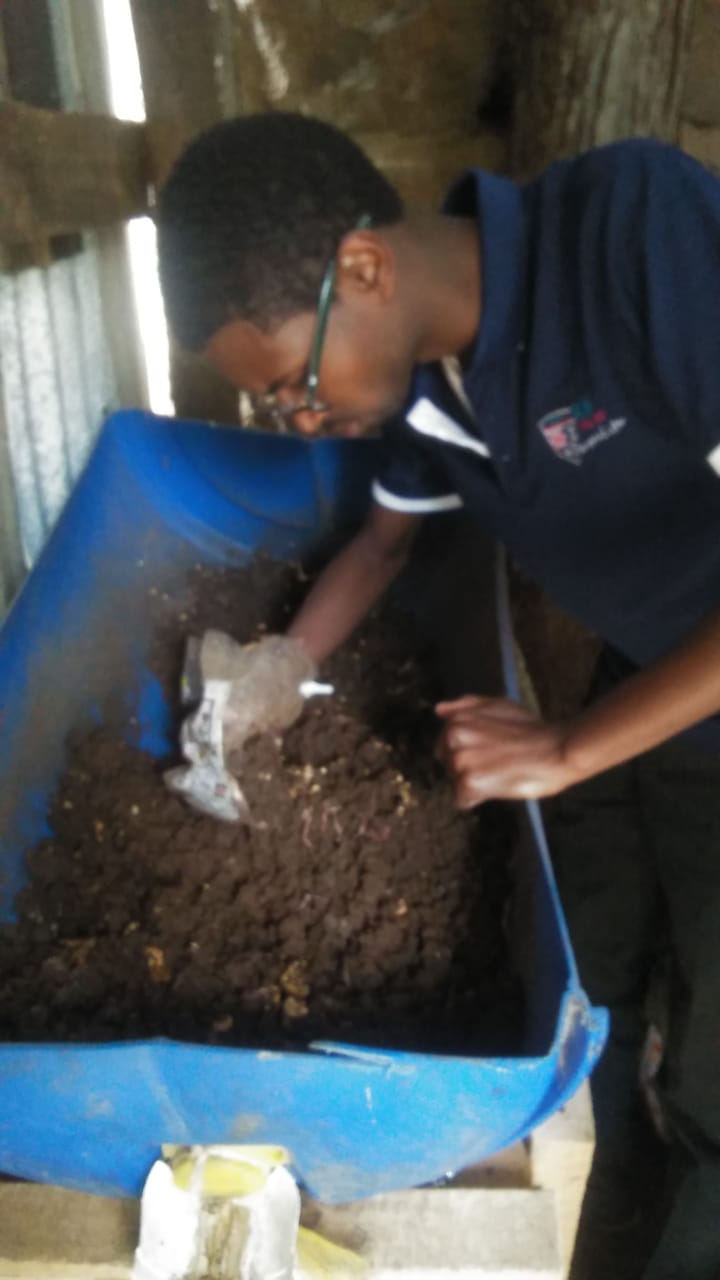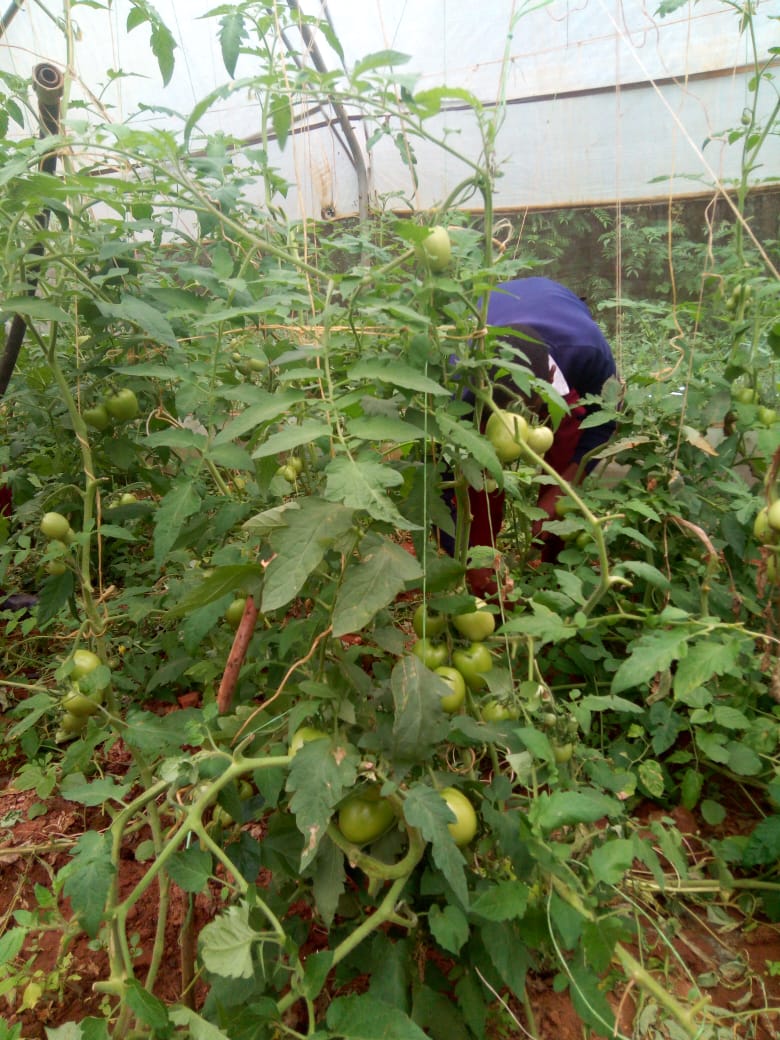
Farmers rearing fish with homemade feeds may make more profits by than their commercial feeds counterparts despite the higher crude protein content in the latter.
Kenya Prisons officer Jared Mokaya, who manages the Nakuru correctional facility farm, said commercial feeds offer a vigorous and heavier yield, but the at the end, the net financial gain is lower than supplements production.
His sentiments have been supported by a research that shows that there is an average of 0.23 benefit cost from three Nile tilapia set-ups where the growth and economic performances were tested.
In the study, reversed sex Nile tilapias were raised in four rice-fish ecosystems for 120 days. The traditional feed had 21 per cent crude proteins (CP), while the formulated one had 26 per cent CP. Commercial had 30 per cent CP while nothing was added to the last set up, which acted as the control.
“The highest benefit-cost ratio of 2.15 was in the control, followed by formulated feed (1.90). But in the case of numerical net return, it was the opposite. The commercial feeds had the lowest profit margin ratio of 1.67m,” the research published on the Journal of Applied Aquaculture reads.
The report adds that the cost of commercial feeds is more than that of supplementary feed.
For farmers to make more profits, the research says that fish grown in rice fields will give more profits if farmers use homemade feeds.
RELATED ARTICLE: Laikipia farmer saving Sh3,000 monthly on fish feeds by keeping geese
RELATED ARTICLE: Meru farmers rearing fish in greenhouses for better returns
RELATED ARTICLE: Farmers build fish ponds with mud cutting construction costs
In making feeds locally, the farmers also incur fewer costs since they are can use materials available such as crashed maize.
Protein supplements from the fish dust in the local markets can also be cheap.
Mokaya runs an integrated aquaculture system in the prisons, where fish are reared below a chicken and rabbit house, which also has kales farm on the roof.
He helps farmers establish such structures upon request.
Food and Agricultural Organisation, FAO, recommends that farmers rear fish in flooded fields with rice. The excrements from fish are nitrogen for the rice. The rice consumes the ammonia in the body waste while the fish also release carbon dioxide for photosynthesis in the crop.
Write comment (0 Comments)

















